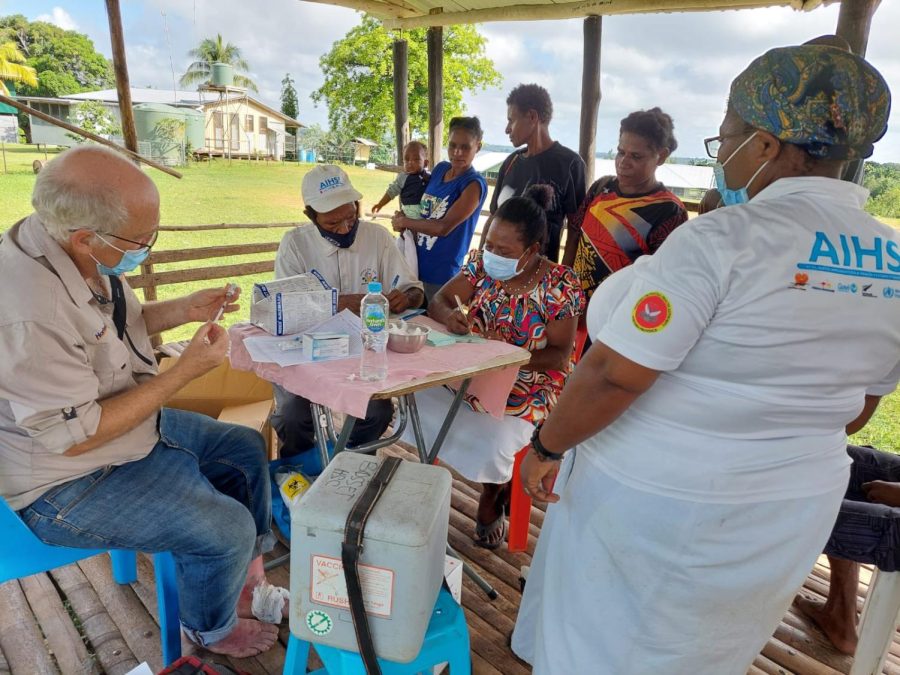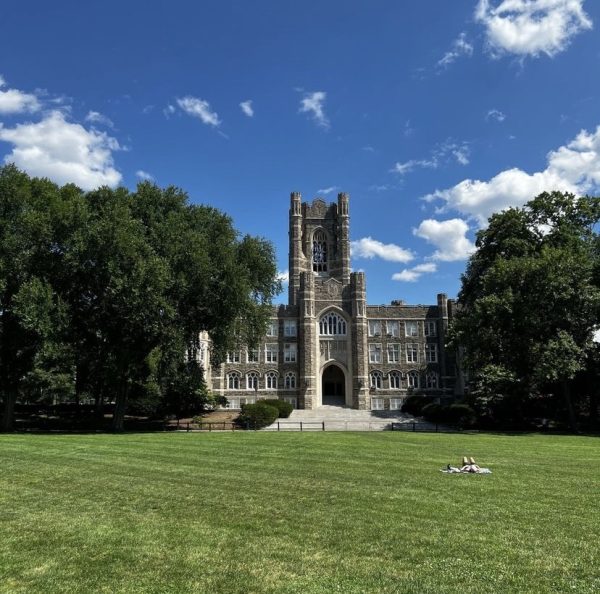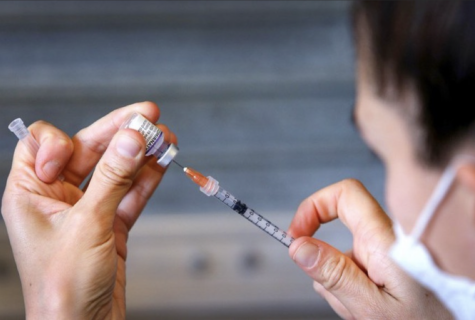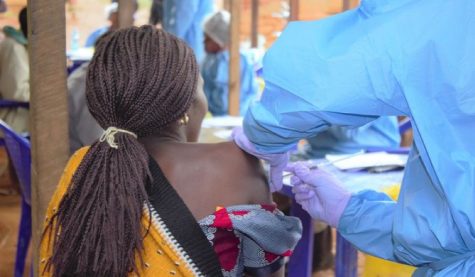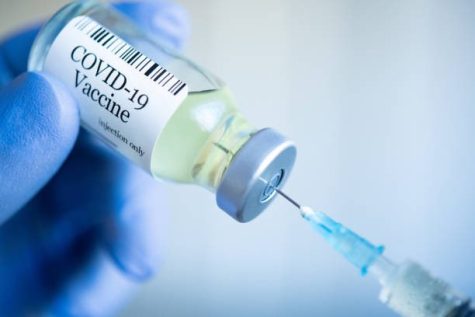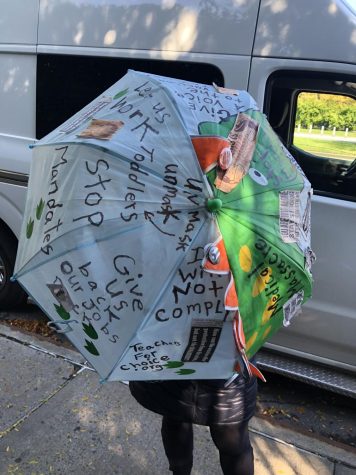Higher Rural COVID-19 Mortalities Due to Misinformation
COVID-19 ravaged urban areas at the beginning of the pandemic. We saw it happen in our own community in New York City; 34,000 people have died since the first confirmed case on Feb. 29, 2020. As tragic and unfortunate as it was, the high number of cases, hospitalizations and deaths made sense. Any disease spreads quickly when you have 1.6 million people living and working in an area of under 23 square miles. So why, a year and a half later, are rural Americans dying of this illness at twice the rate of Americans living in cities? The answer is simple: low vaccination rates.
The vaccine has been a controversial topic for months now. Some people aren’t outright opposed to getting the shot but are simply hesitant because it’s new, and plan to wait before receiving it. Others are firmly against the vaccine and believe all types of conspiracy theories about it, including the notion that Bill Gates is planning to microchip people via the shot.
Whatever the reason may be, vaccination rates in rural areas are significantly lower than those of urban areas. 60% of adults in urban counties are fully vaccinated, whereas only 46% of adults in rural counties are. This disparity is further complicated by a correlation between the number of people who voted for Donald Trump and lower vaccination rates.
Support for Trump is the largest contributor to variation in county-level vaccination rates, according to a study in the Journal of Rural Health. The study shows that each unit increase in the county’s number of Trump voters correlates with a 6.25% decrease in the vaccination rate.
This correlation is the fault of both government officials and media outlets. Vaccine mandates have been put into effect in various states. In New York, for example, nearly 73% of the population has received at least one dose of the vaccine. This in itself doesn’t show that mandates are the cause for high vaccination rates, but a look at the flip side supports the argument for vaccine mandates.
Some states, like Arkansas, Montana and Alabama, which are among the top 10 most rural in the country, have outright banned vaccine mandates. It is no shock that those states’ vaccination rates are 46%, 49% and 43%, respectively. If government officials outwardly discourage vaccine mandates, painting COVID-19 vaccinations in a negative light, they are the ones to blame for their constituents’ distrust in the shot.
Certain media outlets also hold responsibility for spreading misinformation about the vaccine. Referring back to the high number of Trump voters in areas with low vaccination rates, we can look to Fox News as an example of this unfortunate phenomenon. Fox News, where 94% of viewers either identify as or lean republican, has been spreading misinformation about the pandemic since its conception.
When Tucker Carlson claims that vaccine mandates are about “social control” instead of the effort to prevent hundreds of thousands of deaths, his outlet is liable for spreading fake news and misleading their audience. I find it hard to blame the consumer in this case. It is irresponsible to blindly purport conspiracy theories or cause potential harm to others by remaining unvaccinated. Despite this, many people truly believe and trust what they hear from news sources and politicians. The fault lies with the information sources around these anti-vaxxers for effectively brainwashing them into thinking that the COVID-19 vaccine is a bad thing.
Other elements that explain the higher mortality rates from COVID-19 in rural areas are severe inequities resulting in inadequate health care. Many people living in rural areas are uninsured. Residents in these areas often have to travel extremely long distances to visit healthcare providers — and many of these same residents cannot afford to take time away from work to make these trips. These situations generally result in a lack of early detection of illnesses, lags in diagnosis and delayed treatment. When it comes to COVID-19, many residents of rural areas likely aren’t taking trips to their healthcare providers to get tested. Visiting the doctor or hospital simply isn’t a feasible option for some. Many patients infected with the virus likely aren’t seeking out professional treatment until it’s, unfortunately, too late.
So how can this be remedied? Improving healthcare infrastructure in rural areas as a whole is key. But it’s important to recognize that doing so will take time and effort, and the pandemic is happening now with no sign of slowing down. With new variants spreading like wildfire and thousands of new cases every day, it is more important than ever that people get vaccinated if they haven’t already.
Government officials and public figures need to make a strong effort to encourage vaccination — to make it clear to people that the vaccine is safe and effective. Media outlets need to stop acting like COVID-19 is not a serious issue by turning vaccination into a political issue or a statement on personal liberties.
People’s lives are at risk, and so many have been lost already. At this point, COVID-19 deaths are largely preventable. The vaccine is safe and effective, and taking it only helps protect both the individual and their community as a whole. Government officials and media outlets must help increase confidence in the vaccine — once they do, we will hopefully see less death and illness in all types of communities.
Daniella Terilli, GSB ’24, is a marketing major from Westchester, N.Y.

Daniella Terilli is a junior from New York majoring in marketing. She joined the Ram as an opinion writer in September 2021. Outside of school she loves...





































































































































































































